Queen’s First Steps in Japan, by Koh Hasebe
The photographer captured on camera moments during the renowned British group's first visit to Japan, back in 1975.
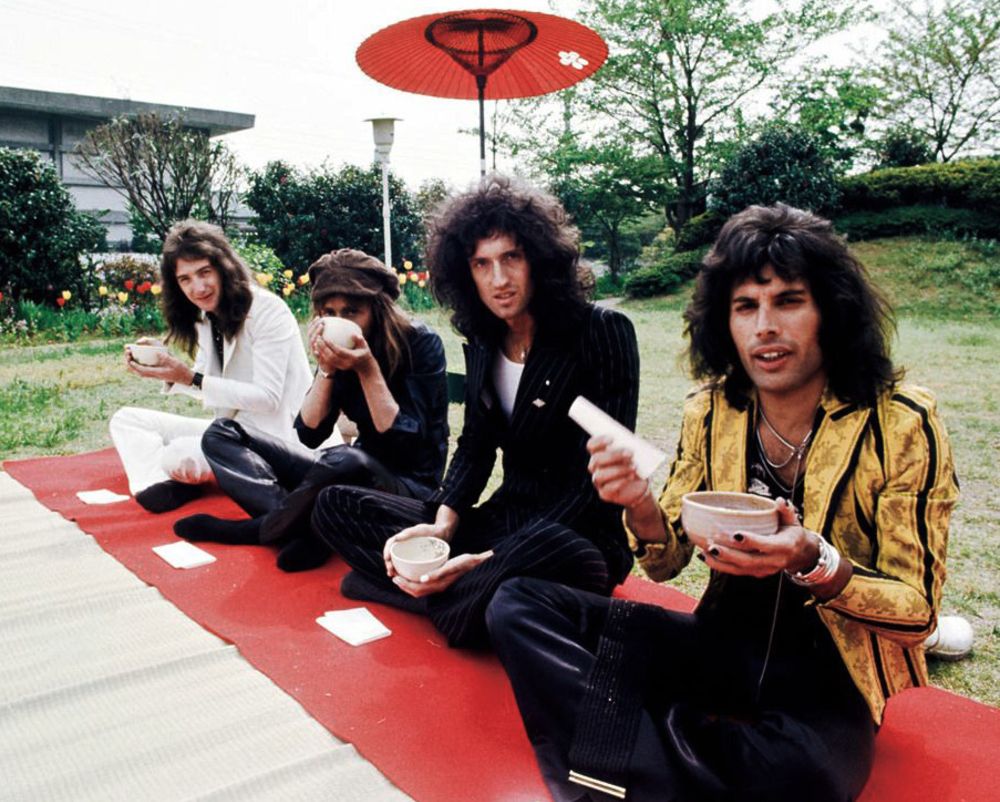
© Koh Hasebe
In spring 1975, Freddie Mercury and his band Queen discovered Japan. They had just released their album Sheer Heart Attack, and were performing in concert at Nippon Budokan, an arena dedicated to martial arts and concerts.
The group, at that time largely ignored by critics in Great Britain and the US, received a warm welcome from delirious fans during their Japanese tour. Photographer Koh Hasebe was sent by the magazine Music Life, a pioneering Japanese publication on western music, to take photos of the band, but managed to gain Freddie Mercury’s permission to photograph the band in the heart of Tokyo.
‘It was the day after Queen’s first concert in Japan. Freddie Mercury wasn’t accepting photos, unless we stuck to a time limit. For one hour only, he agreed to pose as I asked him to,’ the photographer remembers in Rolling Stone magazine. In the photos in Koh Hasebe’s series, we see Freddie Mercury, then aged 29, sitting with the other band members, accompanied by women dressed in kimono, around the edge of Tokyo Tower. In other photos, we see them trying their hand at kendama, a traditional Japanese game.
An indisputable success in Japan
Over the next ten years, Queen would visit Japan six times and, until 1982, remained as the favourite group of the readers of Music Life. The band even paid homage to the Japanese public in one of their songs, “Teo Torriatte”, on the album A Day At The Races, released in 1976.
The song contains two choruses sung in Japanese, to thank fans for welcoming them during their first tour to Japan. And the Japanese public’s love for the band never faded. The proof? The biopic Bohemian Rhapsody, dedicated to Queen and released in 2018, is the ninth-most lucrative foreign, non-animated film of all time in Japan.
Music Life Rock Photo Gallery: Giants in the Small World (1975), a book of photographs by Koh Hasebe, is published by Shinko Music.
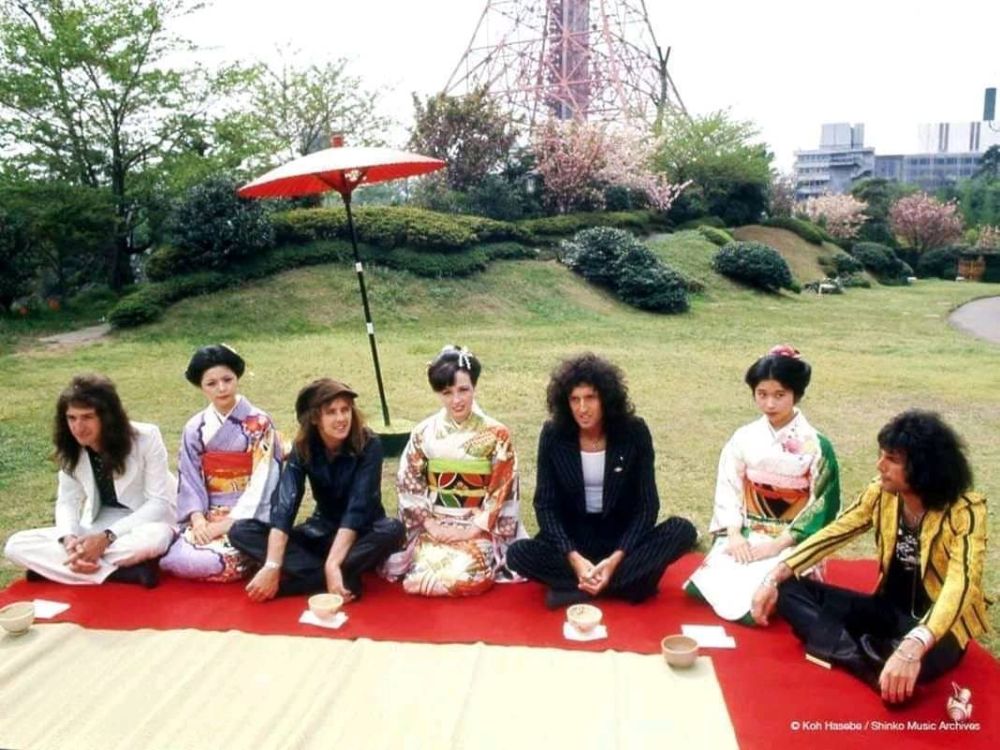
© Koh Hasebe
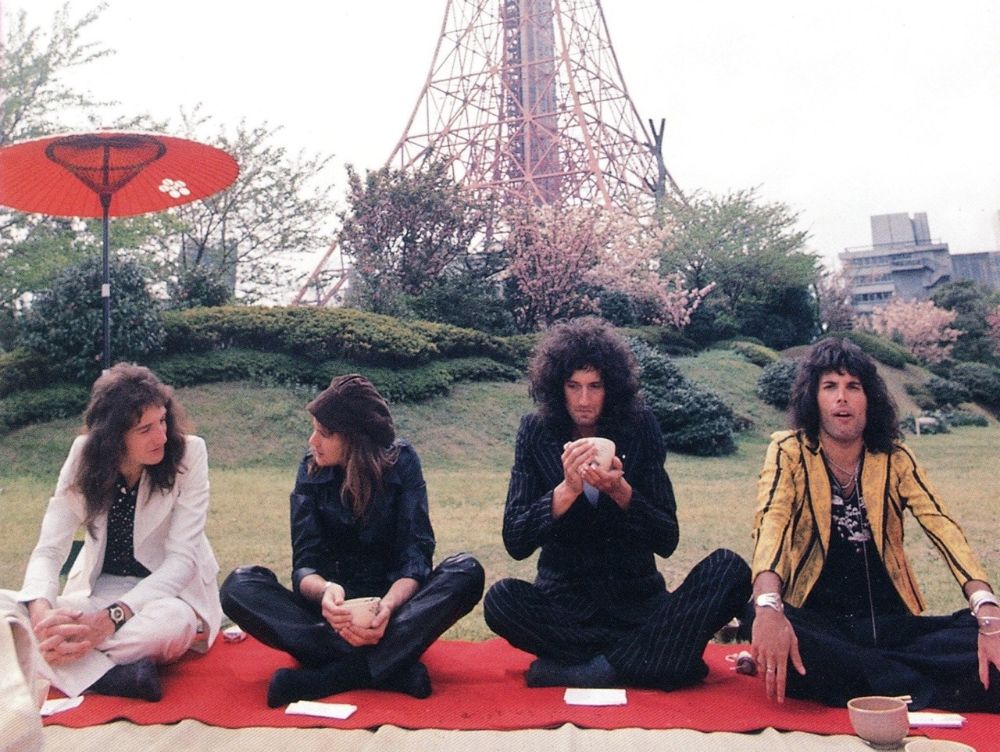
© Koh Hasebe
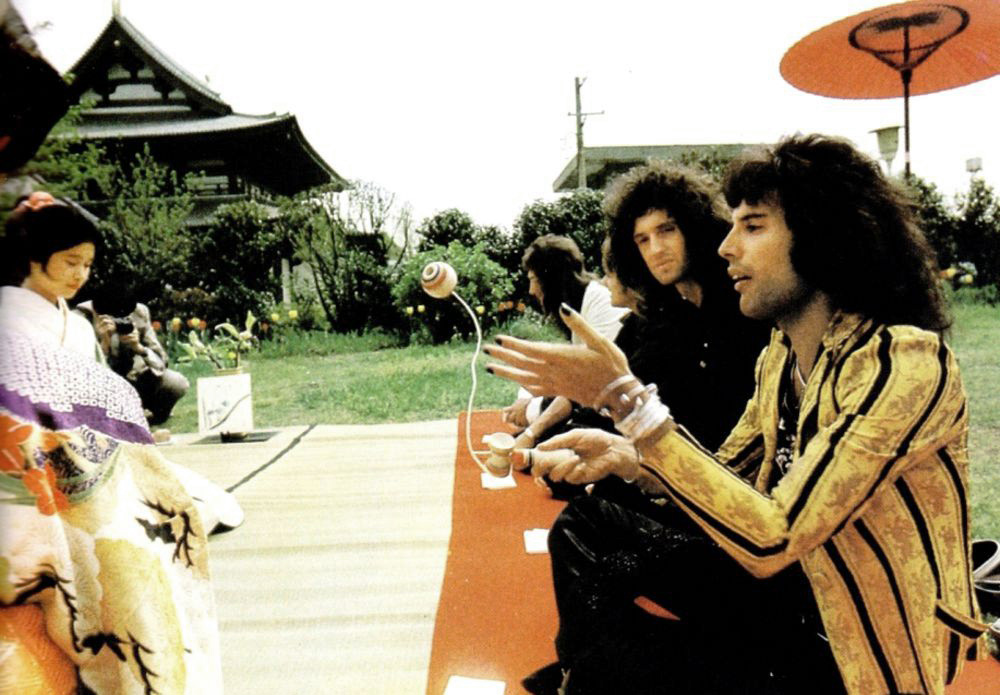
© Koh Hasebe
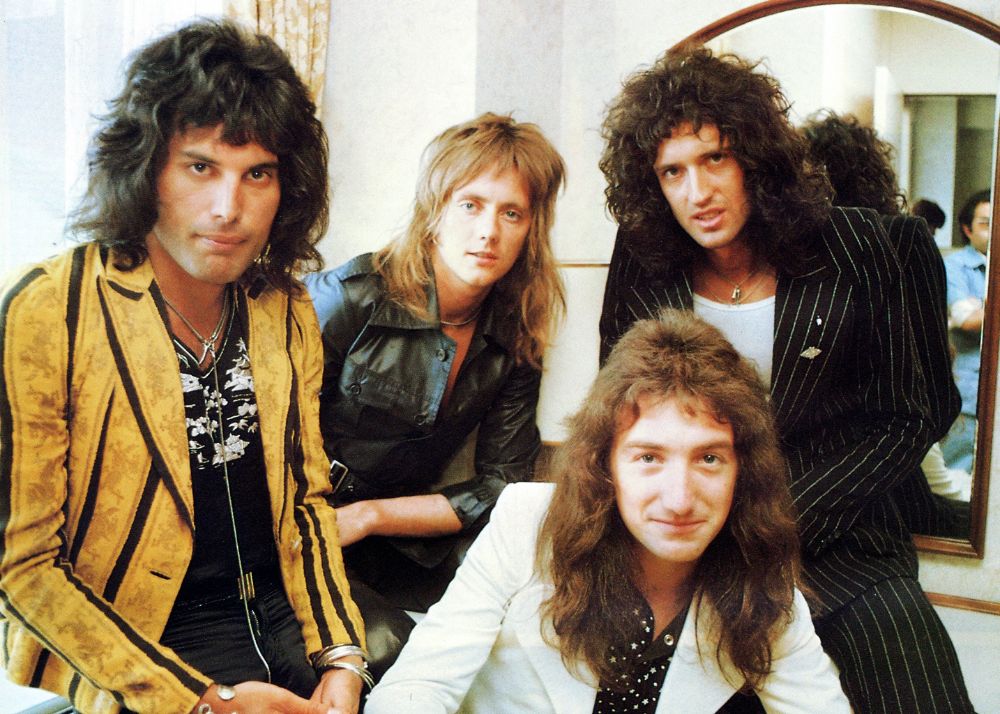
© Koh Hasebe
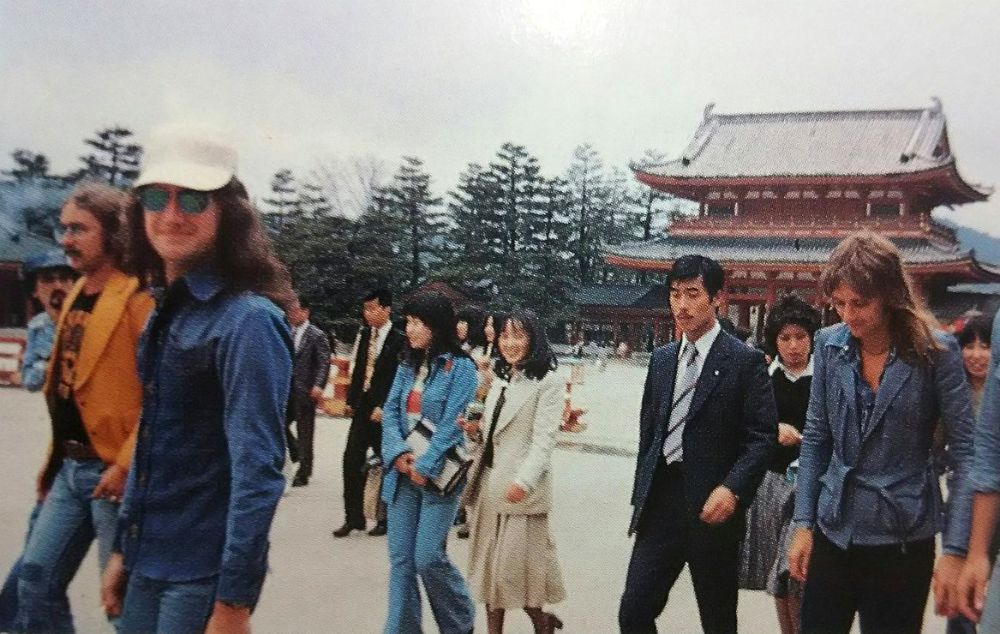
© Koh Hasebe
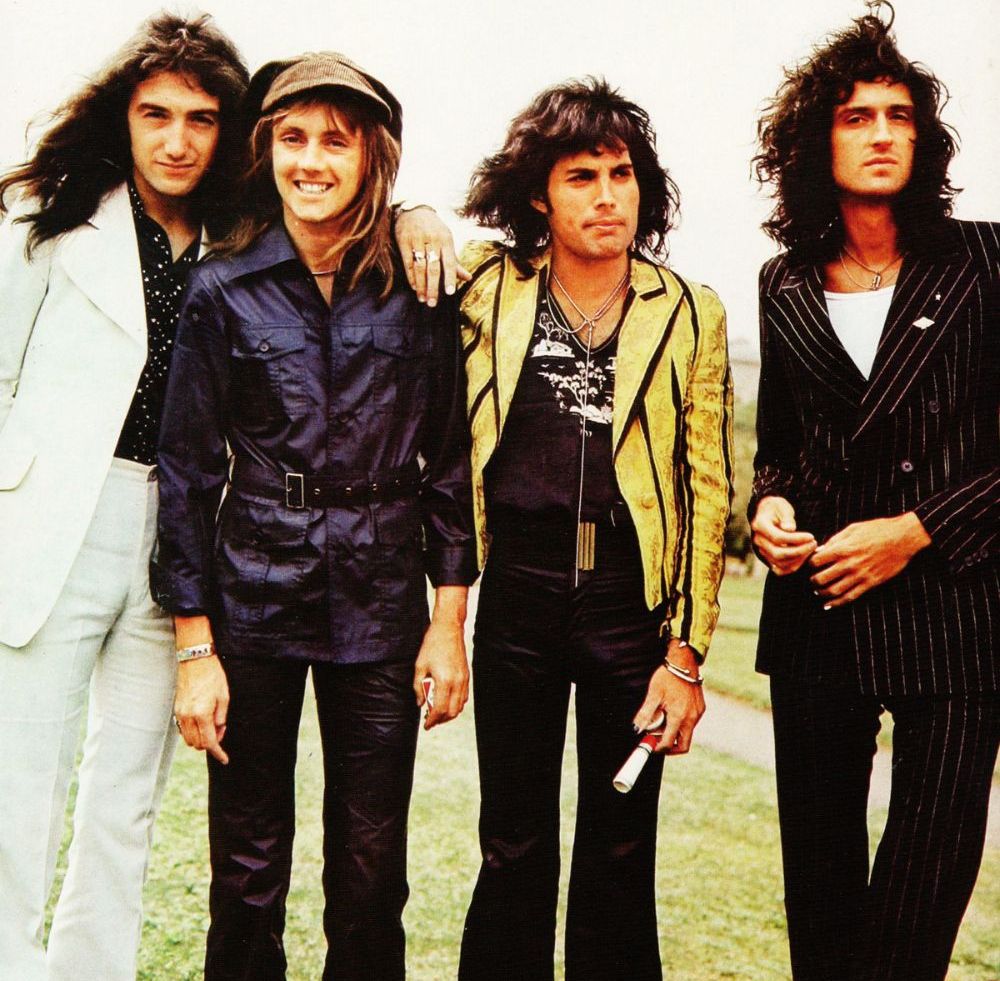
© Koh Hasebe
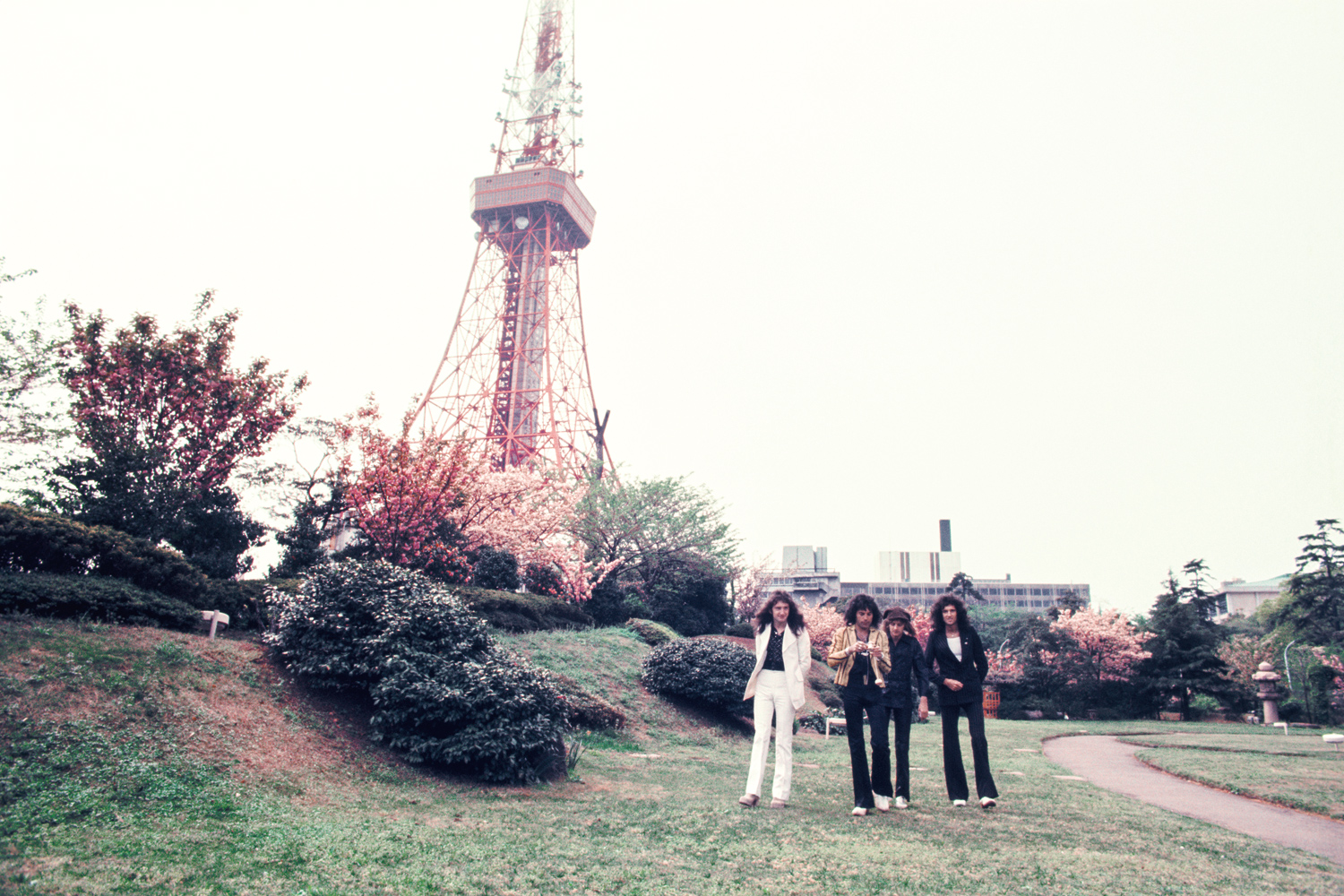
© Koh Hasebe
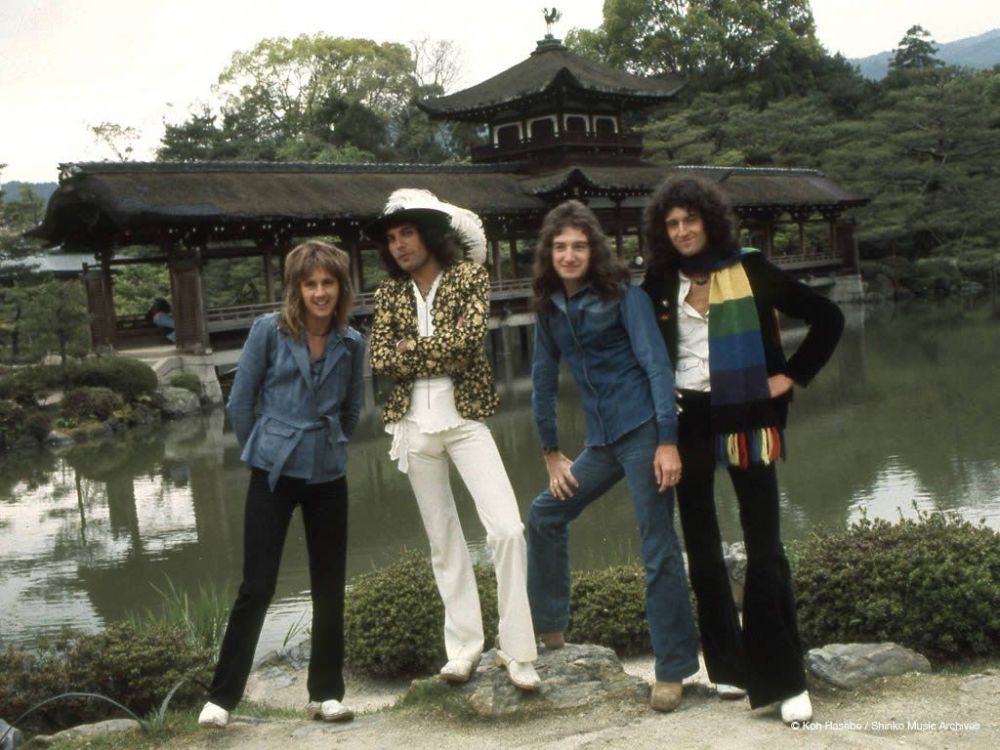
© Koh Hasebe
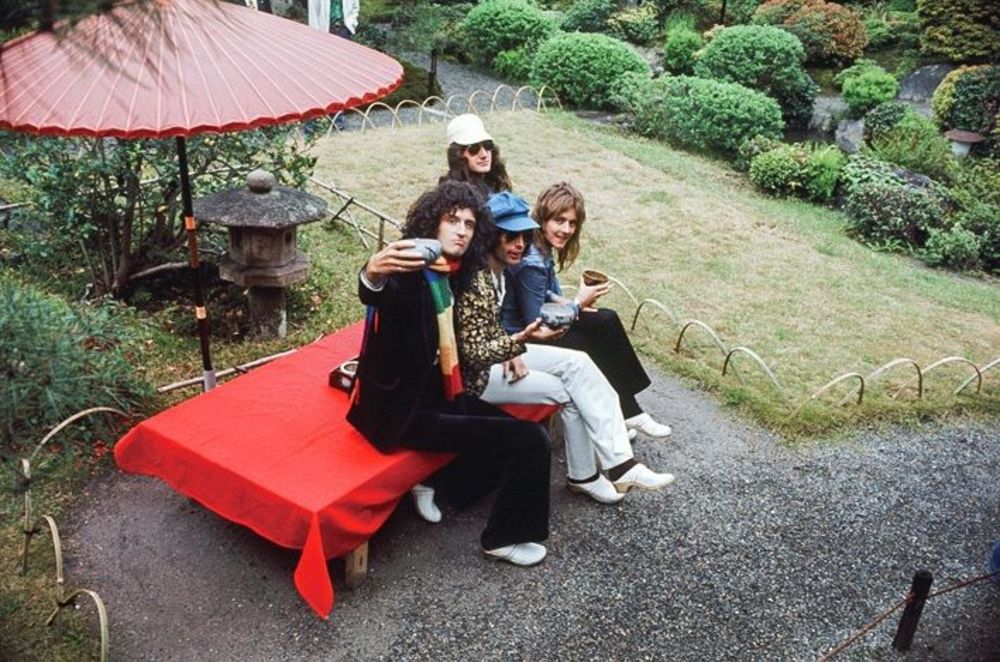
© Koh Hasebe
TRENDING
-
The Tattoos that Marked the Criminals of the Edo Period
Traditional tattoos were strong signifiers; murderers had head tattoos, while theft might result in an arm tattoo.

-
The Story of Sada Yacco, the Geisha who Bewitched Europe
Described by Dazed magazine as the first beauty influencer, she has been restored to her former glory since 2019.

-
Chiharu Shiota, Red Threads of the Soul
Last year, more than 660,000 people visited the retrospective 'Chiharu Shiota: The Soul Trembles' exhibit at the Mori Art Museum.

-
Japanese Left-field Pop From The CD Age, 1989-1996
‘Heisei No Oto’, a compilation of hidden gems in the unspoken depths of Japanese pop, reveal blissful moment of technological possibility.

-
‘Shojo Tsubaki’, A Freakshow
Underground manga artist Suehiro Maruo’s infamous masterpiece canonised a historical fascination towards the erotic-grotesque genre.





